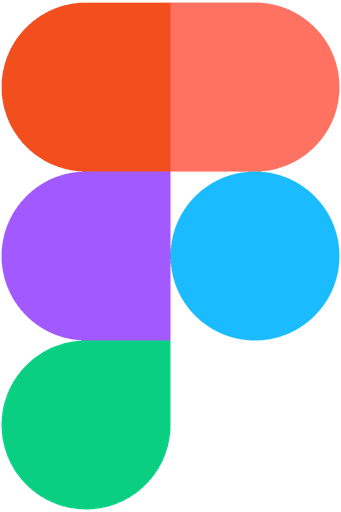Singheads | An AR singing app with a face tracking avatar
Singheads was an augmented reality singing app aimed at kids, combining face-tracked 3D avatars with an interactive karaoke experience. Users could sing along with lyrics and real-time pitch tracking, while earning points, and saving and sharing videos on a built-in social media feed.

Role
UX/UI Designer
Location
London, UK
Dream Reality
Interactive
20+
Challenge
Allow our user to record themselves singing while keeping their identity private and allow them share this experience with other people online. Also give them the option to customise their online persona in order to better represent their personality.
Goals
Enable users to anonymously share their best singing moments with an online community that can view and react to performances.
Allow users to create customizable avatars that mimic facial expressions and react in real time while singing, available on both mobile platforms.
Develop a monetization strategy that meets business and partner needs, attracts and retains our target audience, and ensures a pleasant user experience
Early sketches and wireframes
Process
User Interviews
We conducted user interviews with teenagers aged 13 to 18, gathering qualitative insights to better understand them. They we're passionate about singing, but shy about posting online. They loved customisable avatars but disliked subscriptions, preferring ads, which would have made licensing music very difficult. So we focused on appealing to parents instead as something they would subscribe to for their kids.
Stakeholder workshops
Given the product’s complexity, I needed a clearer view of the stakeholders’ vision. I ran a workshop starting with a co-design session to uncover their goals and expectations, followed by a Crazy Eights exercise to gather design ideas and understand their vision for the look and feel.
Competitive analysis and design audit
Our main competitor, Smule, offered a large song library and strong community features but targeted an older audience and lacked privacy options. We also considered platforms like TikTok, YouTube Shorts, and Instagram Reels, which popularized the vertical video format, perfect for our face-tracking avatars. While scoring wasn’t a key focus initially, we simplified it for future engagement, drawing lightly from Smule and games like Guitar Hero and SingStar.
Product Strategy
Start with the difficult: Prove the face-tracking avatar’s viability despite early syncing and lag issues, solve challenges around music storage, display, and real-time lyric and note syncing, and lead avatar customization to make it fun, intuitive, and well-organized
Stick to the MVP: In addition to core features, we addressed accounts, monetization, GDPR, and quality-of-life elements. Using an agile approach, we built an MVP that remained usable despite trimming features, though investor expectations limited cuts.
Wireframes and prototypes
There was a big push to prototype quickly for testing, but first I mapped out the product flow to understand how features fit together. Once that was clear, I rapidly built a comprehensive Adobe XD prototype focused on functionality over visuals.
Conclusion
After ten months of hard work, we built about 80% of the required features. While the core elements were engaging, the product felt unpolished and rushed, with technical limitations being the biggest issue, which investors highlighted before cutting funding. Despite the lack of polish, we met every milestone and included all MVP features. Given the complexity of the technical challenges, what we achieved in ten months was impressive.


















